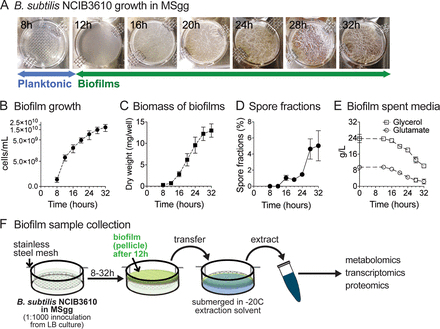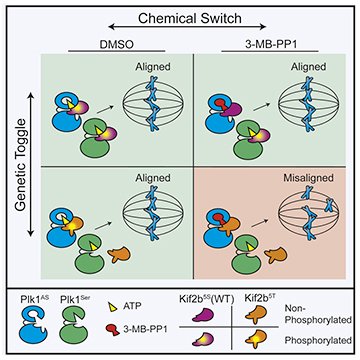Collaboration with Puglielli lab reveals AT-1 acts as metabolic regulator for acetyl-CoA
In a paper titled Acetyl-CoA Flux Regulates the Proteome and Acetyl-Proteome to Maintain Intracellular Metabolic Crosstalk, Inca Dieterich et al. of Prof Luigi Puglielli’s lab investigated two models of AT-1 dysregulation and altered acetyl-CoA flux: AT-1S113R/+ mice, a model of AT-1 haploin sufficiency, and AT-1 sTg mice, a model of AT-1 overexpression. The animals display distinct metabolic adaptation across intracellular compartments, including reprogramming of lipid metabolism and mitochondria bioenergetics. Our results suggest that AT-1 acts as an important metabolic regulator that maintains acetyl-CoA homeostasis by promoting functional crosstalk between different intracellular organelles.


